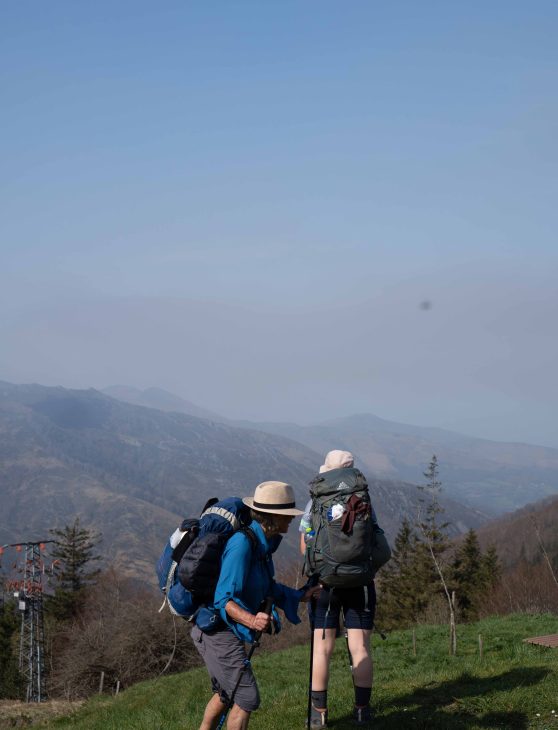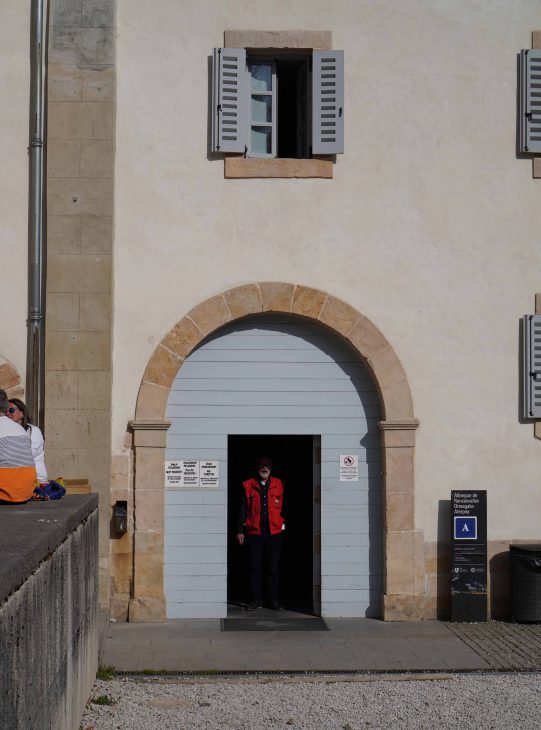My Camino journey started at Copenhagen Airport, where I flew to Bordeaux, France. I arrived in the evening and had booked a hostel. The next day, I had breakfast in the cozy city, which I unfortunately didn’t have much time to explore before catching a 10 AM train to Saint-Jean-Pied-de-Port (SJPDP). The train had a transfer in Bayonne, and I arrived in SJPDP at 1:40 PM. Already at the Bordeaux station, I spotted others with backpacks and immediately thought they were headed for the same adventure as me.
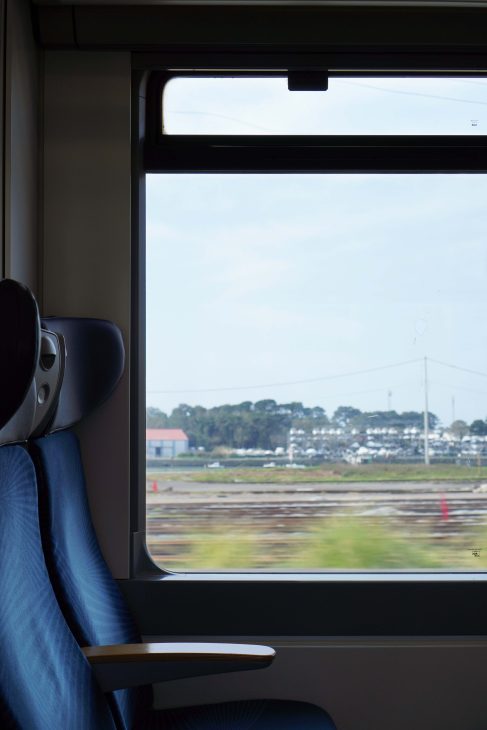
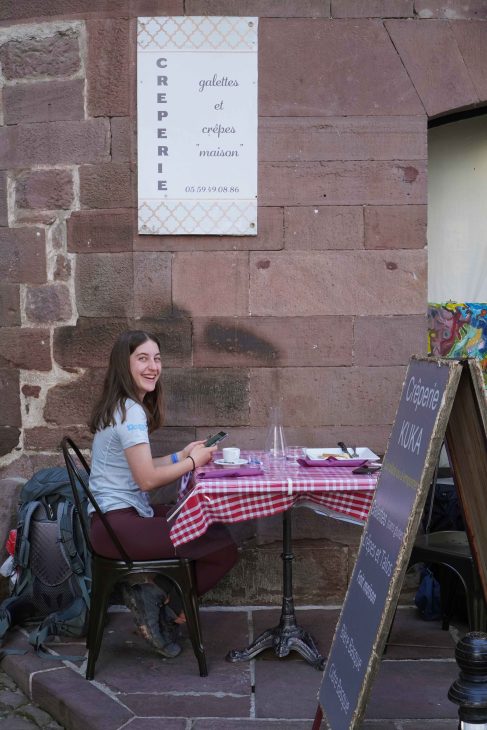
A short story from my Camino journey
At the Bayonne station, a girl suddenly pointed her boots towards mine and said, “Look, we have the same hiking boots!” The girl’s name is Adi and she is from Israel. She turned out to be my best friend on the entire Camino. It’s so wild to think back on. We walked a lot together at the beginning of the Camino, split up, and randomly met again. Later, she got a few days ahead of me and arrived in Santiago two days before I did. She ended up waiting for me in Santiago, and we walked the last kilometers to the finish together (for her, it was the second time).
It was such a nice reunion and a truly great ending to the Camino. We both had experienced so much along the way, both separately and together, so it was really nice to have her to talk to when the journey suddenly ended. I feel very lucky to have met her. Coincidences are wild – imagine that we met on the way to the Camino and ended up finishing it together.

Saint-Jean-Pied-de-Port (SJPDP)
That was a bit of a digression – back to the beginning. Arriving in SJPDP was one of the most magical things! I can’t even describe how charming the town was. Generally, the whole atmosphere, people from all over the world with backpacks, conversations and smiles, and an atmosphere filled with excitement about the adventure that was about to begin. It was simply so cool; I was completely high on being there. There was something special about all of us being there for the same reason. We were so many nationalities gathered in one place, but we felt so similar in a way because we were all excited and curious about the same thing.
I had booked my first night’s accommodation from home, mainly because I felt it was nice to know where I would sleep the first night. It was a super nice and cozy place, but I felt the whole town was cozy, so I’m sure there were many other good places to stay as well.
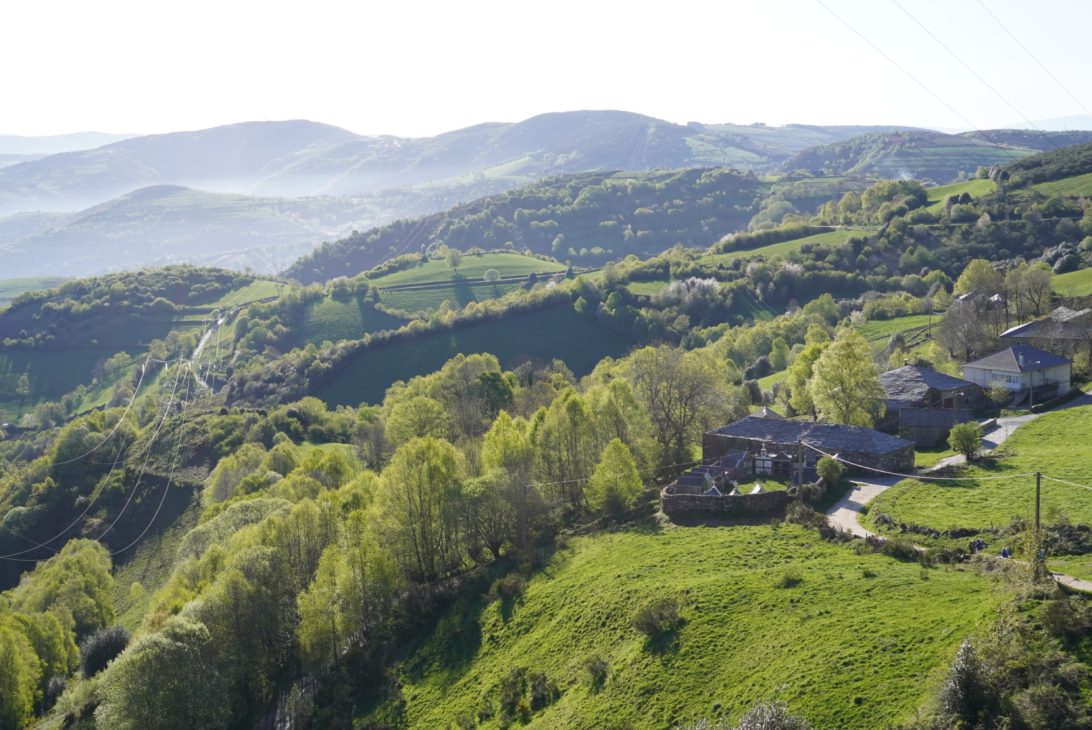
Other ways to start the Camino
There were many different ways people had come to SJPDP. Some had flown to Biarritz, which is the nearest airport, and took a taxi from there. I had also considered flying to Bilbao and taking a train from there – that would also have taken about four hours to SJPDP. I mostly kept an eye on which flights were cheapest for me. Some also choose to start their Camino in Spain, either in the first town across the border, Roncesvalles, or Pamplona, which you reach after about three days. Personally, I would definitely recommend starting in SJPDP because the town was absolutely magical.
Also read Camino packing list – experiences along the way, Camino thoughts, and accommodations on the Camino.
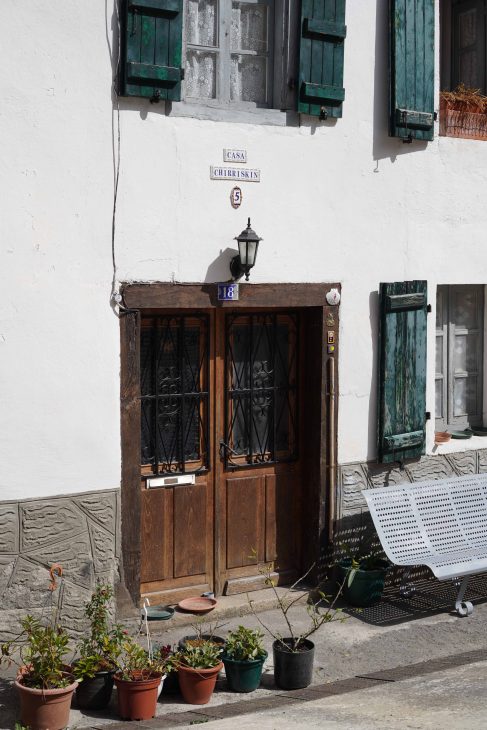
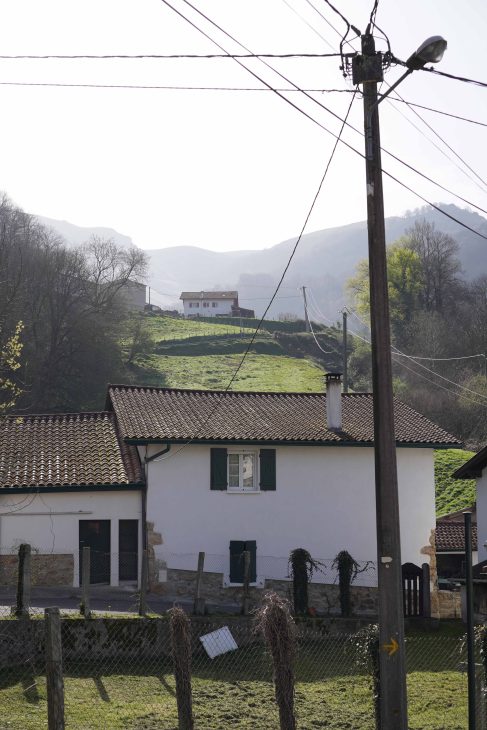
Napoleon Pass or Valcarlos Route
From SJPDP to Roncesvalles, there are two main routes to choose from. The most popular route is the Napoleon Pass, which goes over the Pyrenees and is said to have the most amazing views along the way. However, this route is not accessible in the winter months from around November 1st to March 31st due to dangerous weather conditions such as snow and ice. I started in mid-March, so I took the Valcarlos Route, which is 24 kilometers long and goes through lower terrain via the Valcarlos Valley. It has a more moderate ascent and passes through forests and small villages. I really wanted to experience the view from the top of the Pyrenees, but I also found the route through the Valcarlos Valley to be very beautiful.

Pilgrim Passport
When walking the Camino, you need a pilgrim passport, which serves as proof that you are walking the Camino. It is especially needed if you want to stay in the albergues that only accommodate pilgrims. The passport is a simple little booklet where you get a stamp at each place you stay overnight. Along the way, you can also get stamps at cafés or churches. The pilgrim passport is also necessary if you wish to receive a Compostela, which is a certificate showing that you have completed the pilgrimage.
I bought the pilgrim passport when I arrived in SJPDP, but other people I met had bought it at home. It’s also possible to buy it in several pilgrims offices along the way.
